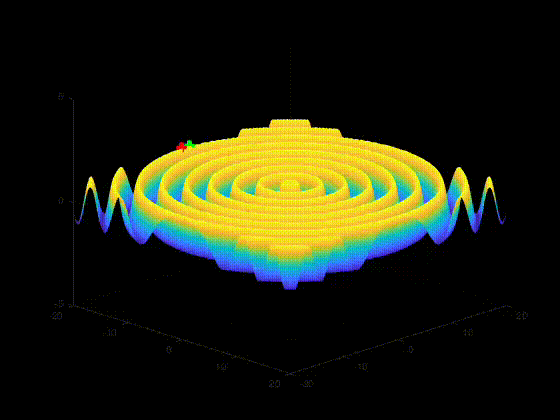Introduction#
This book is about taking a message, \(m(t)\), modulating it onto a radio frequency carrier as signal \(s(t)\), transmitting this through a channel \(C\) with additive noise \(n(t)\), receiving a signal \(r(t)\), and finally demodulated to something that looks like the message \(l(t)\).
Analog Schemes#
The first radio frequency modulation schemes this book addresses are analog where the message, \(m(t)\), is a real-valued, continuous-value, continuous-time signal. Examples of such signals are voltage, current, or temperature measurements such as the voltage output from a microphone.
Mathematically, this can be written as
where \(\mathbb{R}\) is the set of all real numbers.
The specific modulation schemes enumerated next are:
All these schemes start by producing an \(s(t)\) that can be written as:
where
\(A(t)\) is the amplitude,
\(\omega(t)\) is the frequency, and
\(\phi(t)\) is the phase
all of which may be time-varying.
The difference between each of these modulation schemes comes in how the message, \(m(t)\), modulates \(A\), \(\omega\), and \(\phi\) in (1).
Digital schemes#
The next set of radio frequencty schemes this book addresses are digital where the message, \(m(t)\), is a real-valued, discrete-value, discrete-time signal. Examples of such signals are mp4, mpeg, jpg, and any other digital media.
Mathematically, this can be written as
where \(\mathbb{Z}_2 = \{ 0, 1 \}\).
For digital modulation schemes where more than one bit is sent at a time, this may be generalized to
if \(B\) bits are sent simultaneously.
The specific modulation schemes enumerated for digital signals are:
Build date : 2025-05-11 10:14:54.521074
Git Hash : 824922877624f2df2135f041da34860080d14a88
